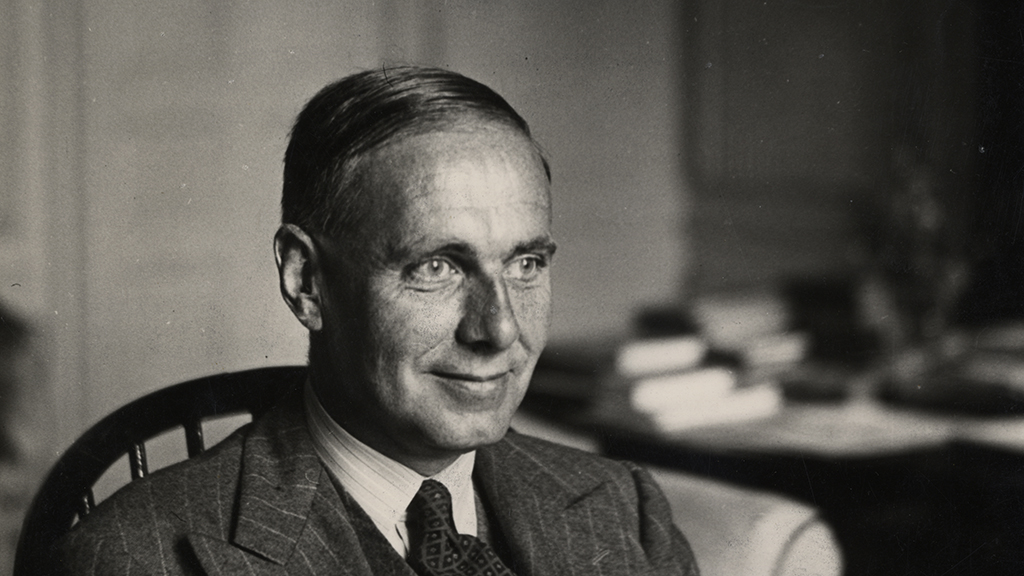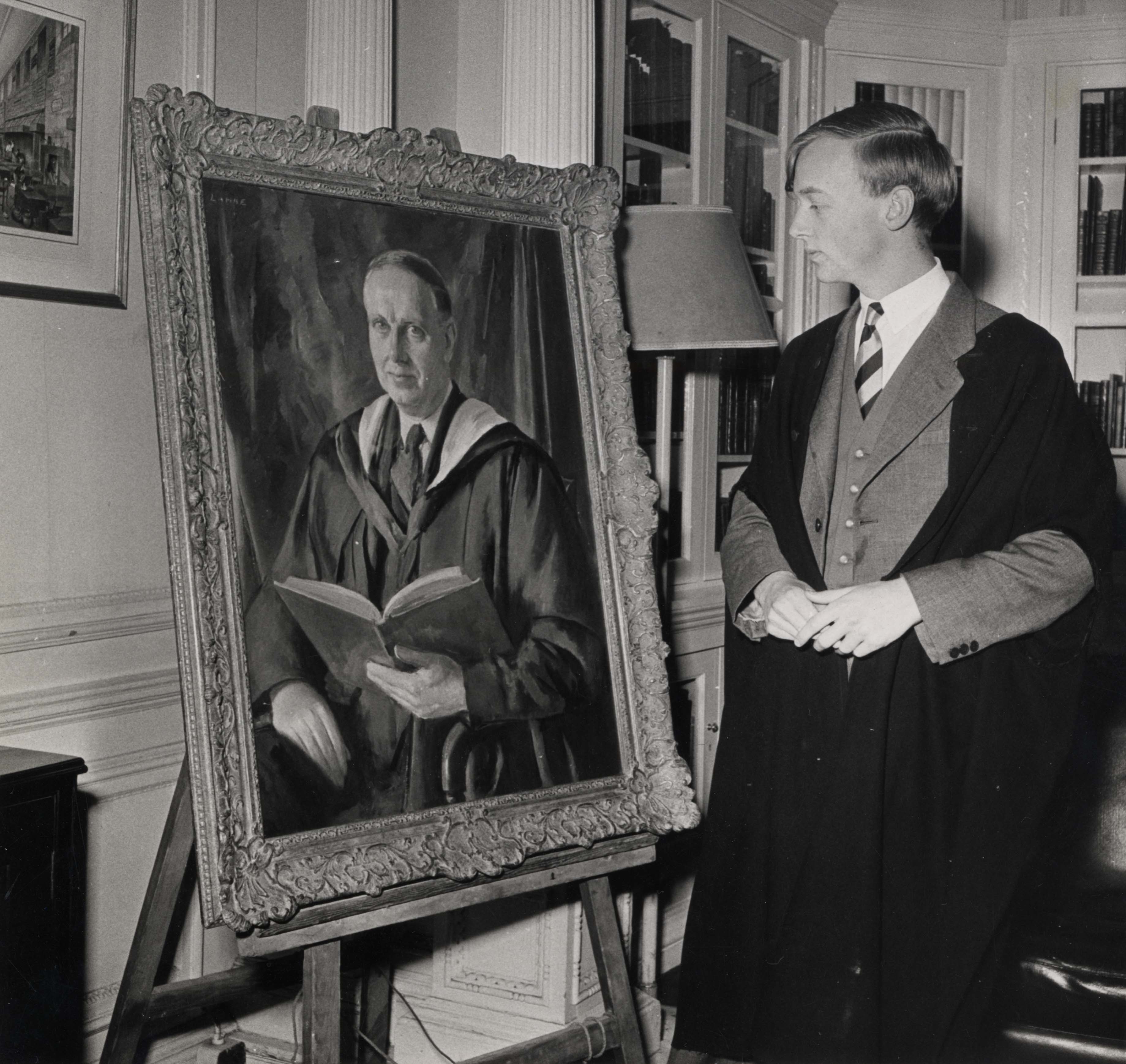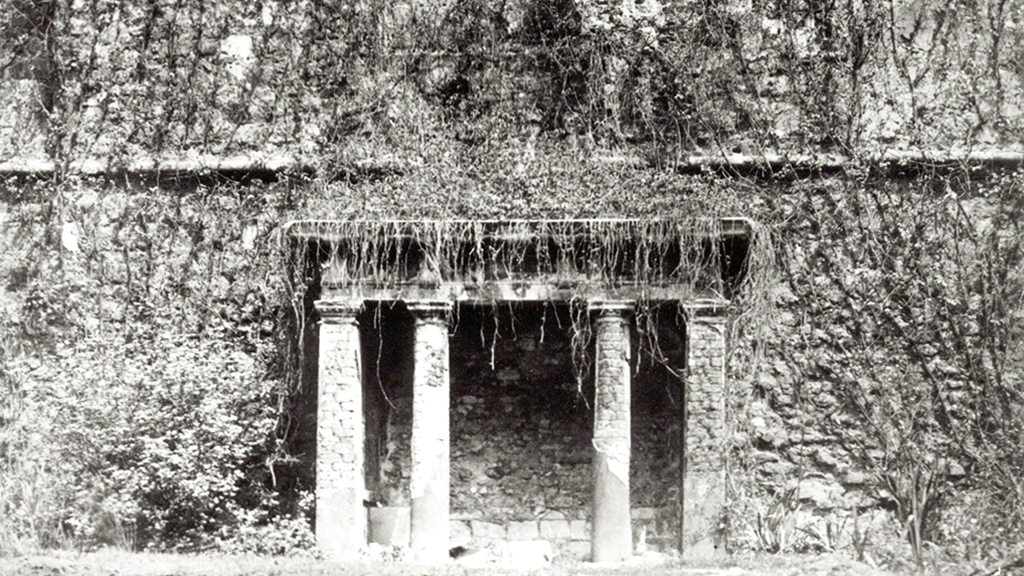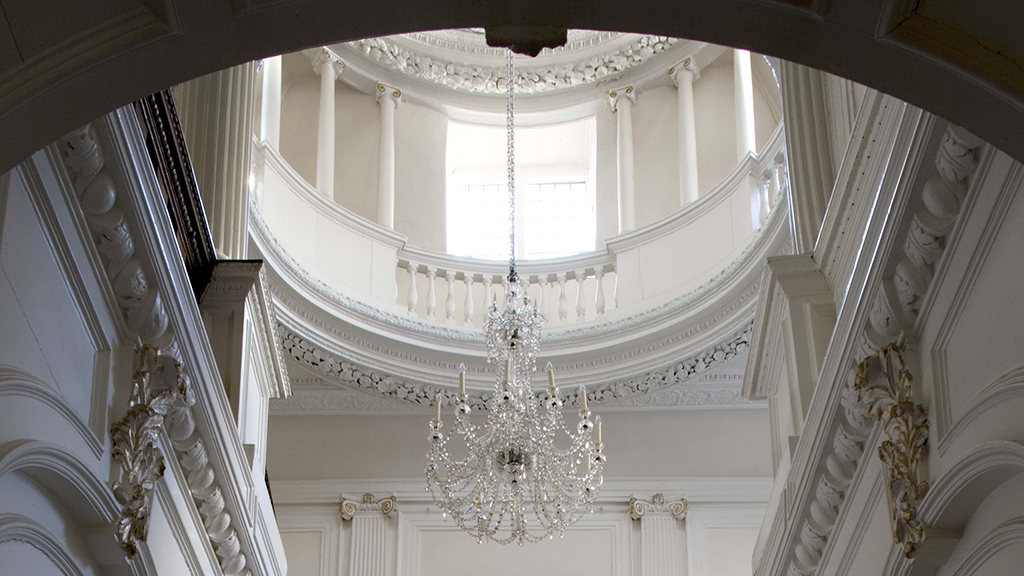Walter Hamilton, of all 20th Century Westminster headmasters, has always been the one most considered to be an outsider. He came to the school with a great academic reputation but following his short tenure of seven years and his departure for Rugby College and subsequently Magdalene College, many have been led to say that this particular head never quite fit in. No single source better demonstrates this than his portrait in the School Library’s Brock Room, in which he is shown in black gown rather than red Westminster cassock.
Hamilton came to Westminster at a particularly difficult time. There were tensions with the Abbey, and letters of the time show that the noise and building work at Westminster caused objections from the church. The re-development of School was beginning in earnest, and the rate of enrolment was comparatively lower than that in place before the war. After beginning in 1950, figures show that Hamilton did succeed in tackling this problem.
 Year Numbers
Year Numbers
1936 366
1946 196
1950 355
1957 411
This has been overlooked for the most part, however, in the light of Hamilton’s character traits and other ideas. He famously tried to incorporate Etonian traditions to Westminster, with both positive reception, such as the tradition of ‘capping’ the Headmaster at Latin prayers by a Second Election under Burlington’s Arch, or the introduction of ‘pop’ waistcoats for monitors, and negative reception, such as saluting masters when seeing them, and the abolition of the Latin Play, which he neither liked nor understood.
Always very gruff, and described in the biography’Walter Hamilton: A Portrait’ as being a ‘loveable oxymoron’, history has, for the most part, not been very kind to Hamilton and called him a ‘queer character’. By nature he was eccentric and traditionalist, but also more liberal than plenty of other Westminster headmasters. Many have judged him not to be very confident in himself, and how he was famously made angry by a boy who did not go and see him in his office to collect an award, but rather asked him for it in Yard, may prove this. Another story which marked Hamilton out in particular was his marriage proposal to his wife. As the couple were walking through a cemetery, he gestured towards a gravestone and asked her whether she would like to have their names inscribed together there someday.
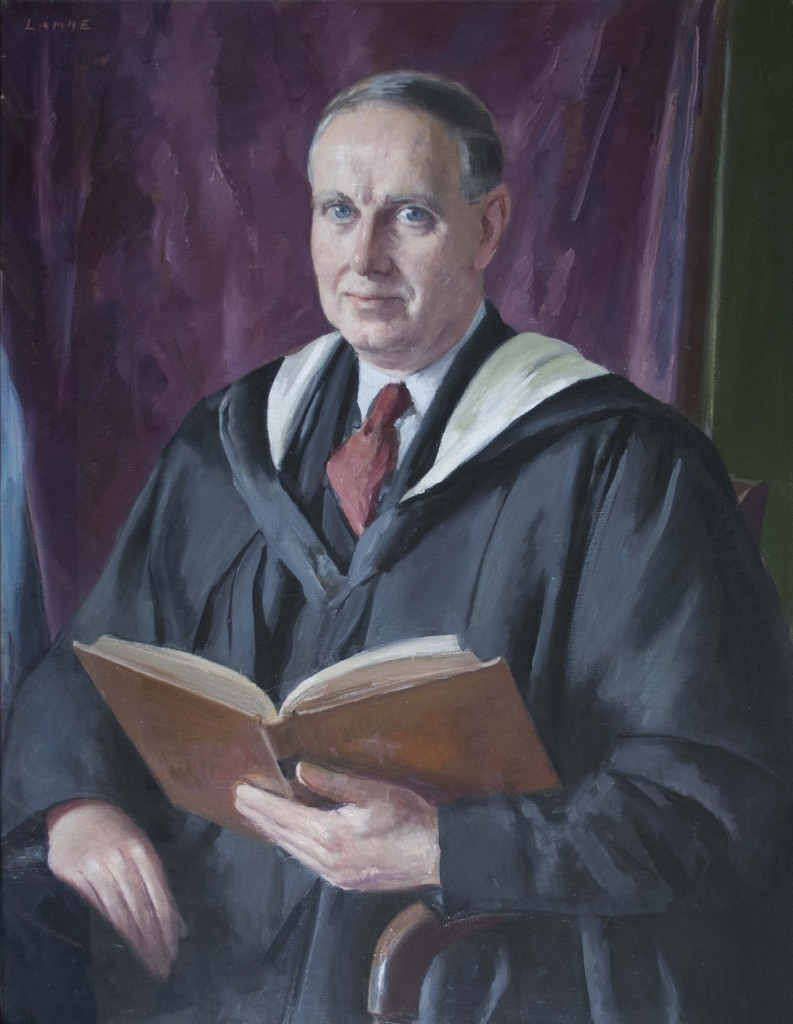 Hamilton was very intelligent. There can be no question of that. He won a classical scholarship to Trinity College, Cambridge in his youth, and as Master-in-College at Eton had a magnificent academic profile. In many ways, he increased the academic reputation of Westminster as well. The fact that he was the son of a businessman and a teacher may have created the useful combination of administrative and academic. Amongst his most notable achievements were to appoint original and skilled staff members to lacking areas, such as the science and maths departments, because despite these subjects not being his forte, he felt that they were important. Hamilton was also a dedicated Christian who personally oversaw the preparation of boys for their confirmation service.
Hamilton was very intelligent. There can be no question of that. He won a classical scholarship to Trinity College, Cambridge in his youth, and as Master-in-College at Eton had a magnificent academic profile. In many ways, he increased the academic reputation of Westminster as well. The fact that he was the son of a businessman and a teacher may have created the useful combination of administrative and academic. Amongst his most notable achievements were to appoint original and skilled staff members to lacking areas, such as the science and maths departments, because despite these subjects not being his forte, he felt that they were important. Hamilton was also a dedicated Christian who personally oversaw the preparation of boys for their confirmation service.
But Hamilton was never interested in the frills of Westminster life, or at least not as much as his Under Master, John Carleton, who later took his place. In many ways, the fact that this business was left to Carleton was a wise judgement, because ultimately he was better at it. It was Carleton who oversaw, for example, the installation of the coats of arms up School.
So perhaps Hamilton was misjudged by history, and perhaps he was not what the Westminster community were expecting, but he was still the Head Master who managed the school through a difficult period and a who tried to make it work in new ways. And what could be a more pertinent time at which to reflect on the Head who went from Westminster to Rugby than under the stewardship of one who came from Rugby to Westminster?
